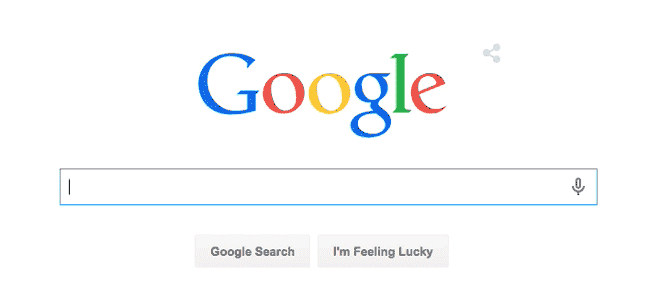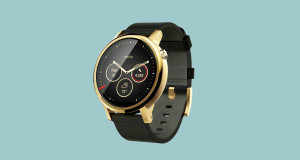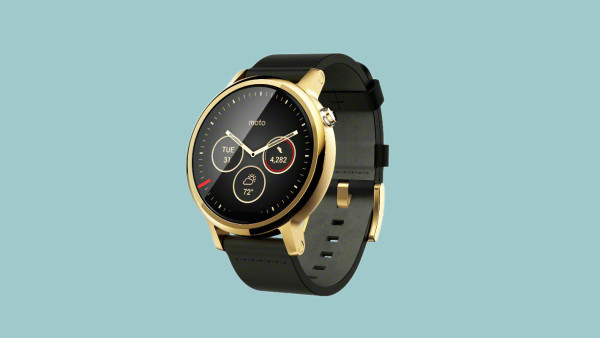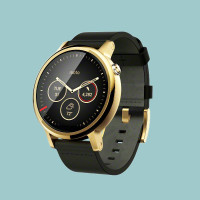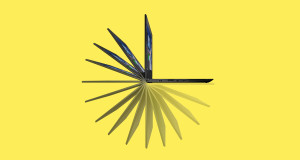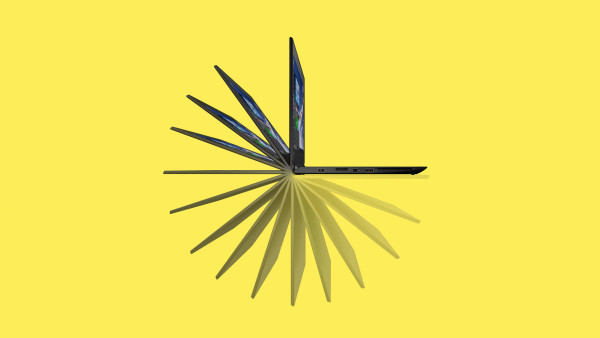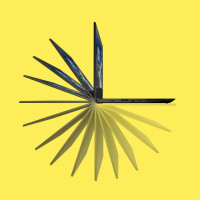Google has become so much more than than a white webpage with a text box. We interact with Search, Maps, Android, Gmail, and a dozen other Google products, in countless ways for countless purposes. More than ever, Google is ever-present in our lives. It can be scary, especially when you remember the company knows more about us than we know about ourselves.
This explains Google’s new logo. The company wants you to think of it not as an all-knowing, all-powerful entitiy, but as a benevolent guide to this new world, one that considers humans, not machines, the most important thing.
The bold new logo preserves the old logo’s most recognizable element—the famous blue-red-yellow-blue-green-red color sequence—but presents the company’s name in a bespoke typeface called Product Sans inspired by schoolbook letter-printing. The new wordmark will replace the one that’s appeared above the search box since 1999, but it’s much more extensible, too. Google also introduced a suite of sub-logos, like a four-color ‘G’ icon that’ll dot the Google app on phone homescreens, and a microphone icon that guides you through voice search. It’s a self-described “simple, friendly, and approachable†design.
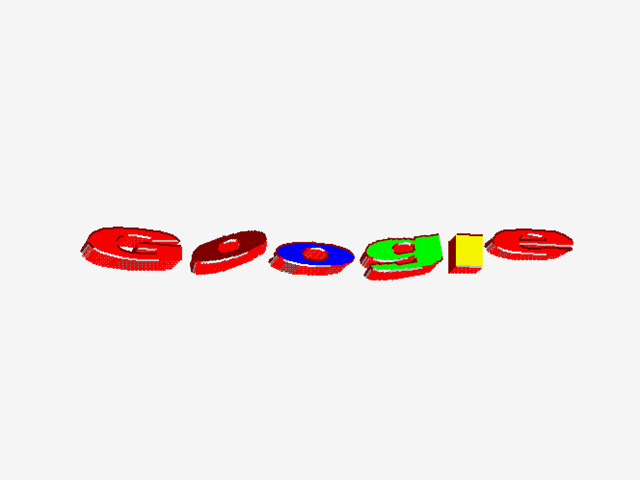
Caption:
The evolution of Google’s logo begins with this initial logo from 1997, that looks like early Internet-era clip art. Notice the famous color sequence, which hadn’t yet been established. Google
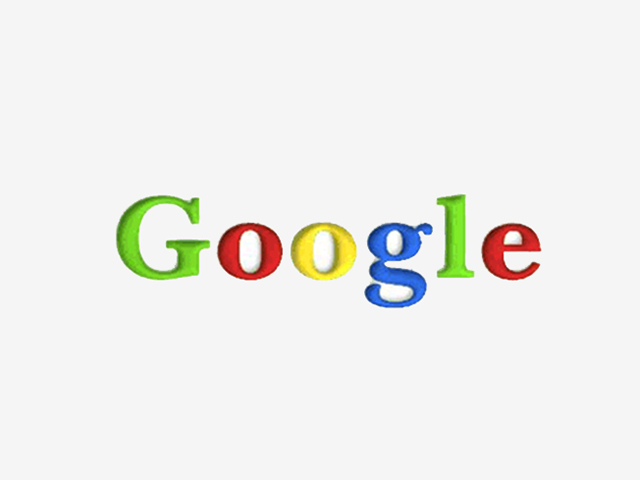
Caption:
The company quickly updated in 1998 to this logo in Baskerville Bold, and tinkered with the color sequence. Google
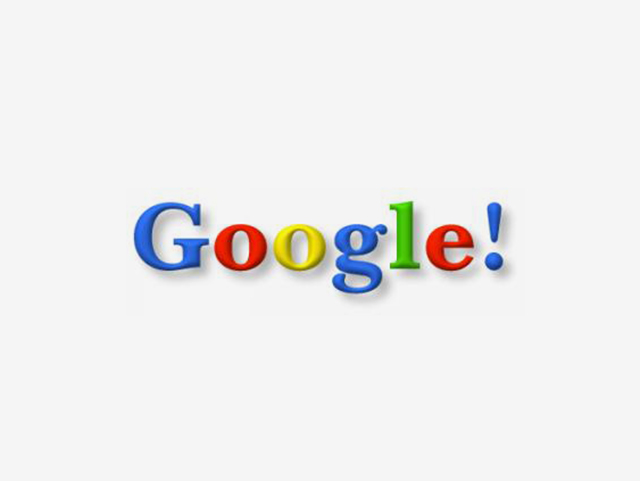
Caption:
The logo from 1998 to 1999 reveals the blue-red-yellow-blue-green-red sequence, but includes an exclamation mark added to the end and an increased skeumorphic shadow.
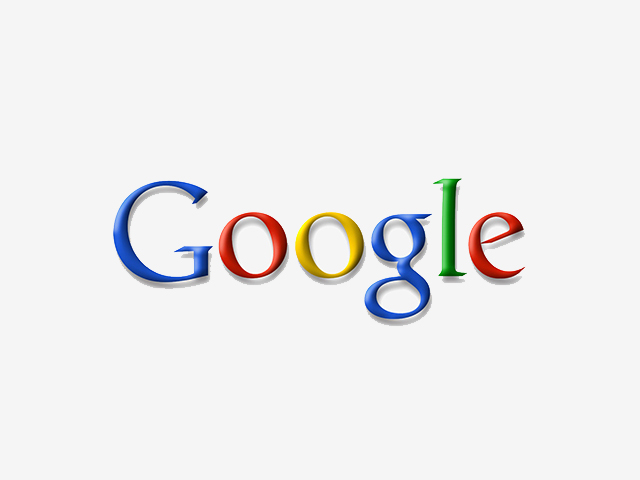
Caption:
From 1999 to 2010, the exclamation point is gone, and the logo runs in a new, slimmer serif font. Google
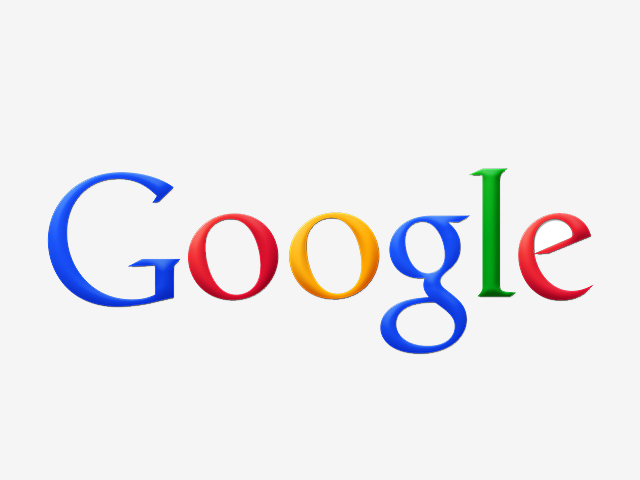
Caption:
In 2010, in keeping with web trends, the logo shows a reduced shadow. Google

Caption:
In 2013 the logo goes totally flat. Google

Caption:
This logo refresh is Google’s biggest in 16 years. Google
Related Galleries
Land Rover Has a Cloaking Device for Your Horse Trailer
The New Moto 360 Might Be the Prettiest Smartwatch Yet
New Thin, Foldable ThinkPads Have a Gazillion Ports
“Digital interfaces can be scary for a lot of people,†says Nate Clinton, director of product strategy at Cooper design firm. “Google has a big challenge with both their public perceptions and new anxiety-producing technologies … so I think they want to project a tone and make people feel like they are more human and less about being in the guts of the computer.â€
This is what tech companies do these days: rethink their graphics for a mobile-first world, simplify everything, and dub the new identity “friendly.†And it is, indeed, a friendly gesture. By stripping serifs from letterforms and kerning and tweaking for crisper edges, designers can optimize fonts for small screens, and make life easier on everyone.
“It’s really about much more than a logo, and more about kind of a smart system,†says Geoff Cook, a founding partner at Base Design. That’s partly a nod to Alphabet, the newly minted holding company that now owns Google and has a slick and simple visual identity of its own. In creating Alphabet, Google executives introduced a new ecosystem—one that Google is part of, rather than one Google oversees. In many ways, Google’s new design language mirrors its parent company’s, raising the question if this is the future of everything from Calico to Youtube.
It wouldn’t be surprising. After all, Google’s new logo is all about where the world is going: mobile, simple, and accessible everywhere.
We’ve changed a lot over the last 17 years, and today we’re changing things up again… http://t.co/gjK5Csd0pP pic.twitter.com/nNNMshhBat
— Google (@google) September 1, 2015
A System, Not a Logo
The logo’s animated reveal is telling. Pay particular attention to the ease with which the new block letterforms morph into a row of dots, the square “G†for the app, or even that microphone button. That wouldn’t have been possible with the old logomark because of the varying thickness of the lines in the serif letters. Sans-serif fonts often are described as less warm than their more ornate counterparts, but there’s still plenty of charm in the logo. And losing the serifs makes life easier for designers. “It’s much easier to manipulate something that’s all one weight,†says Paula Scher, a partner at Pentagram (and the designer behind Shake Shack’s branding). “That’s why sans-serif types were designed in the first place.â€
Google needs to be able to transform its brand at will, because its canon of products is expanding rapidly. It’s not just that users now engage with the company on a “constellation of devices,†as the authors of the logo announcement page put it. As we saw at the I/O developer conference, Google is pushing to seamlessly guide users from one product to the next, with things like Google Now on Tap and voice search as the connective tissue that will bring it all together. For that to work, Google needs a crisp visual system. The new design helps, Clinton says, because the typeface is based largely on circles.
“It’s all about organic, round shapes, like your fingertip, which is more circular,†he says. “It makes it feel like there’s some DNA, or molecules, or building blocks.†There’s an emotional component to the new look, too. Google’s old logo was often dubbed “quirky,†but this new identity is more youthful and exuberant. On the logo’s announcement page, Alex Cook, Jonathan Jarvis, and Jonathan Lee say more than once that the new typeface and look took cues from schoolhouse lettering. Likewise, the Google Doodle used to unveil the logo features a Shel Silverstein-like sketch of a hand drawing in sidewalk chalk.
The G thing
The logo’s getting a lot of love. Design critic Steven Heller is a fan—“For the first time in years, I feel good about a redesign of a corporate logo,†he says—but also notes that, like any logomark, this one will have to evolve along with the Internet and how we use it. Some of that remains to be seen, but what’s clear is that four-color “G†logo will become Google’s most prominent insignia, because it’ll be the mobile portal to the company’s services.
This is the real Google logo though, because it’s what will matter on mobile (and I like it!) pic.twitter.com/wAGVlMOc3Q — Ben Thompson (@benthompson) September 1, 2015
Over time, the crisper “G†could become akin to Apple’s apple—the only icon needed to represent the company. It would certainly be in line with recent trends, as companies from Yahoo and Netflix to Twitter and Snapchat have simplified their logos. But not everyone sees that move as an asset. Jim Parkinson, founder of Type Design, “favors more expressive letterforms.†Others point out that color, not typeface, always has been essential to Google’s voice as a brand. “I would be disappointed if they lost the Google colors, because that’s part of their charm,†Scher says.
That said, the singular “G†keeps the palette, and its charms seem to be working. “It’s happy and friendly,†Scher says. And that’s entirely the point.
Go Back to Top. Skip To: Start of Article.
Article source: http://www.wired.com/2015/09/googles-new-logo-trying-really-hard-look-friendly/

